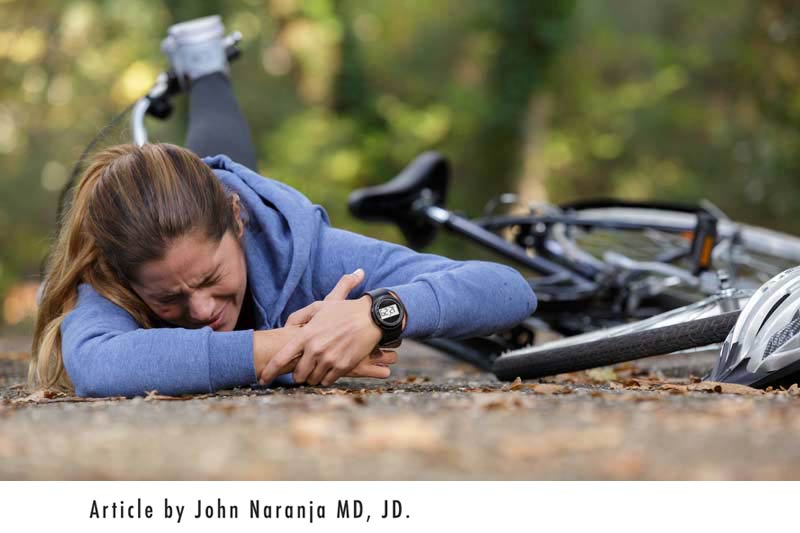
This episode of Common Bicycle Injuries will focus on traumatic injuries (that excludes head trauma). A later edition will discuss non-traumatic injuries and traumatic brain injuries.
A wide spectrum of human anatomy is at-risk in a traumatic cycling injury. It is helpful to classify these injuries based on the mechanism by which they were sustained.
Road Rash
First, consider the general category of falling from the bicycle. With the lack of a protective mechanical barrier between the rider and the road, “road rash” is a foreseeable outcome. The mechanism of road rash involves friction applied to the surface of the skin. This is distinguished from lacerations (which can also occur from cycling accidents) which involve a puncture to the skin, usually in a linear direction. Depending on the extent of skin injury, road rash injuries can usually be treated with home treatment. Even with home treatment, however, proper attention is important because the skin is our body’s first line of defense. Ignoring proper cleansing and/or coverage techniques can result in infection. In addition, because nerve endings are located in the skin, these injuries can be quite painful.

Intra-Abdominal Injuries
Next consider a sudden stop of a bicycle that thrusts the cyclist forward, such as impacting a car, or striking a static object. In these cases, the mechanism of the sudden stop can result in various types of intra-abdominal injuries. The abdominal cavity contains the spleen, liver, bowel, pancreas, and kidney (among other organs). Studies on these types of injuries found that external bruising is a poor indicator of internal injury. For that reason, complaints after this type of blunt trauma should be taken seriously.
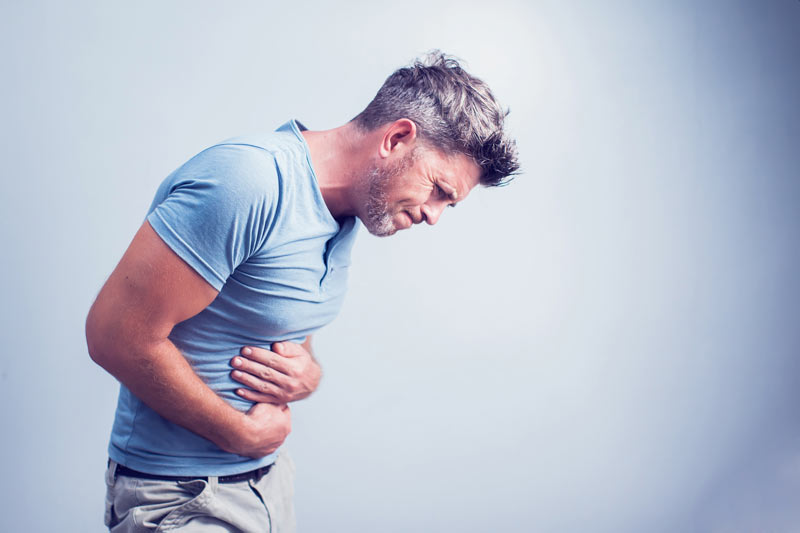
Wrist Fracture
A sudden stop of a bicycle can also result in the cyclist’s body being thrown over the handlebars. In these cases, the type of injury will depend on which body part contacts the ground. For example, landing on an outstretched hand can result in a distal radius fracture or wrist fracture. Proper medical attention is necessary to evaluate what type of treatment is optimal.
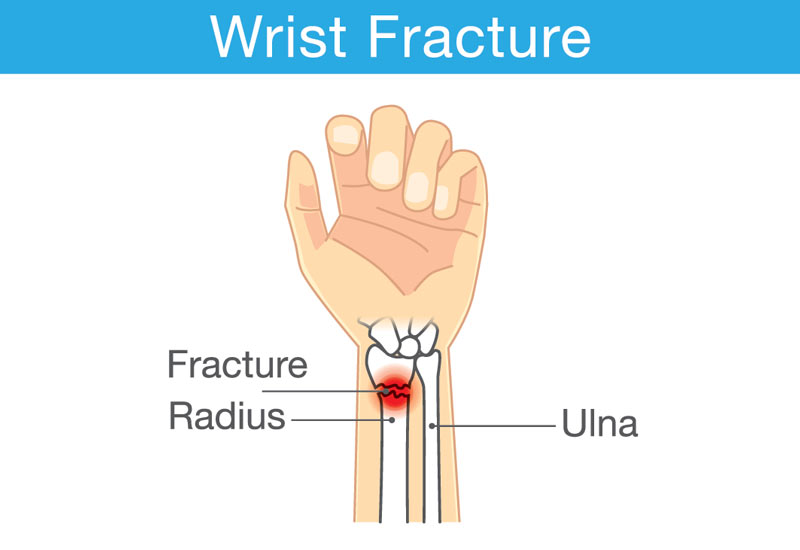
Separated Shoulder
If the cyclist is unable to put his/her hand out in a protective maneuver, often the cyclist will land on the top of their shoulder. This can result in an injury called an AC separation. This injury involves the acromion (A) (part of the scapula or shoulder blade) and the clavicle (C) or the collarbone. This has also been called a separated shoulder. This injury results from disruption of the ligaments that connect the acromion and clavicle. The severity of the injury is divided into three grades—Grade I, Grade II, and Grade III
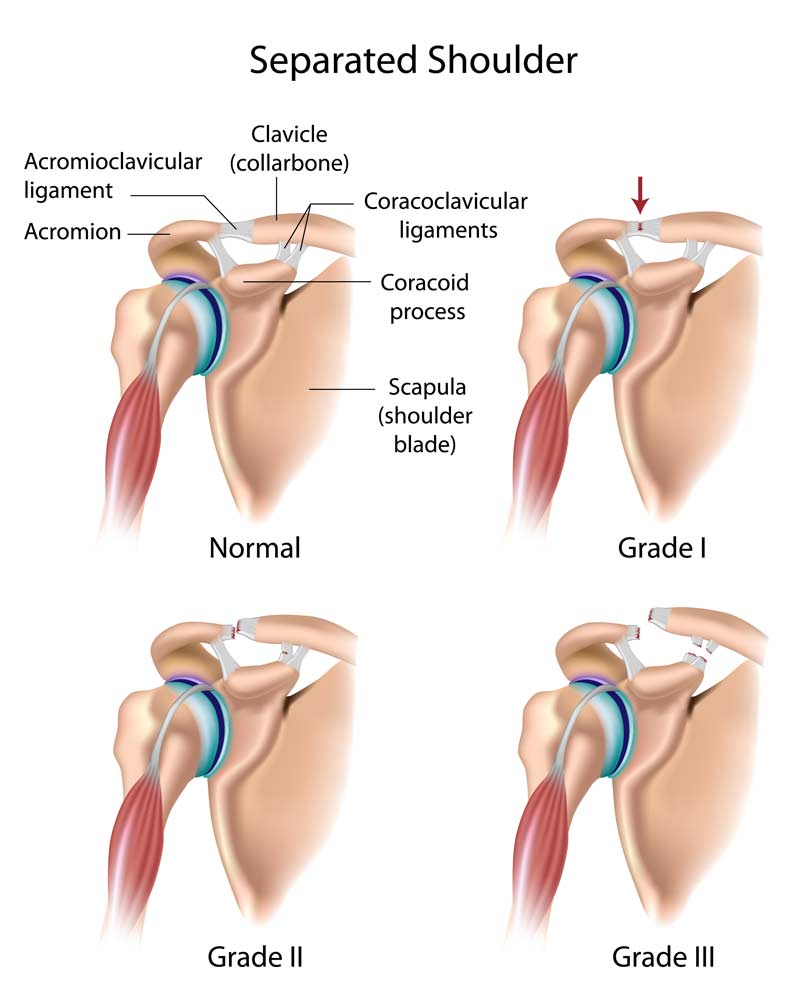
Facial/Dental Injuries
If the cyclist does not land on an outstretched hand or the top of the shoulder, facial injuries are the next type of injury that may occur in cycling accidents. Even when one wears a helmet, injury to the face,including eye, dental and facial bones, is possible. Medical evaluation in these types of injuries is critical.
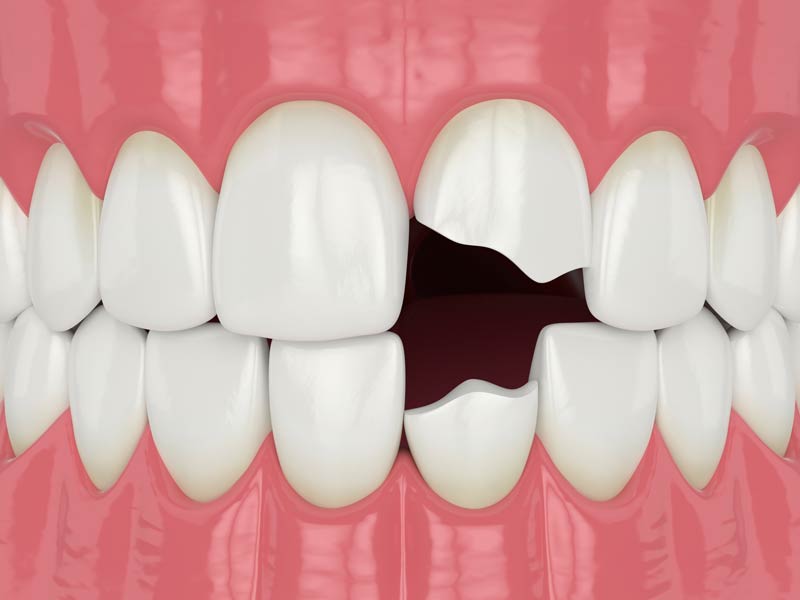
Dr. John, Esq. is both an attorney and a physician. Before obtaining his law degree, Dr. John Naranja practiced for approximately 12 years as an orthopedic surgeon.
